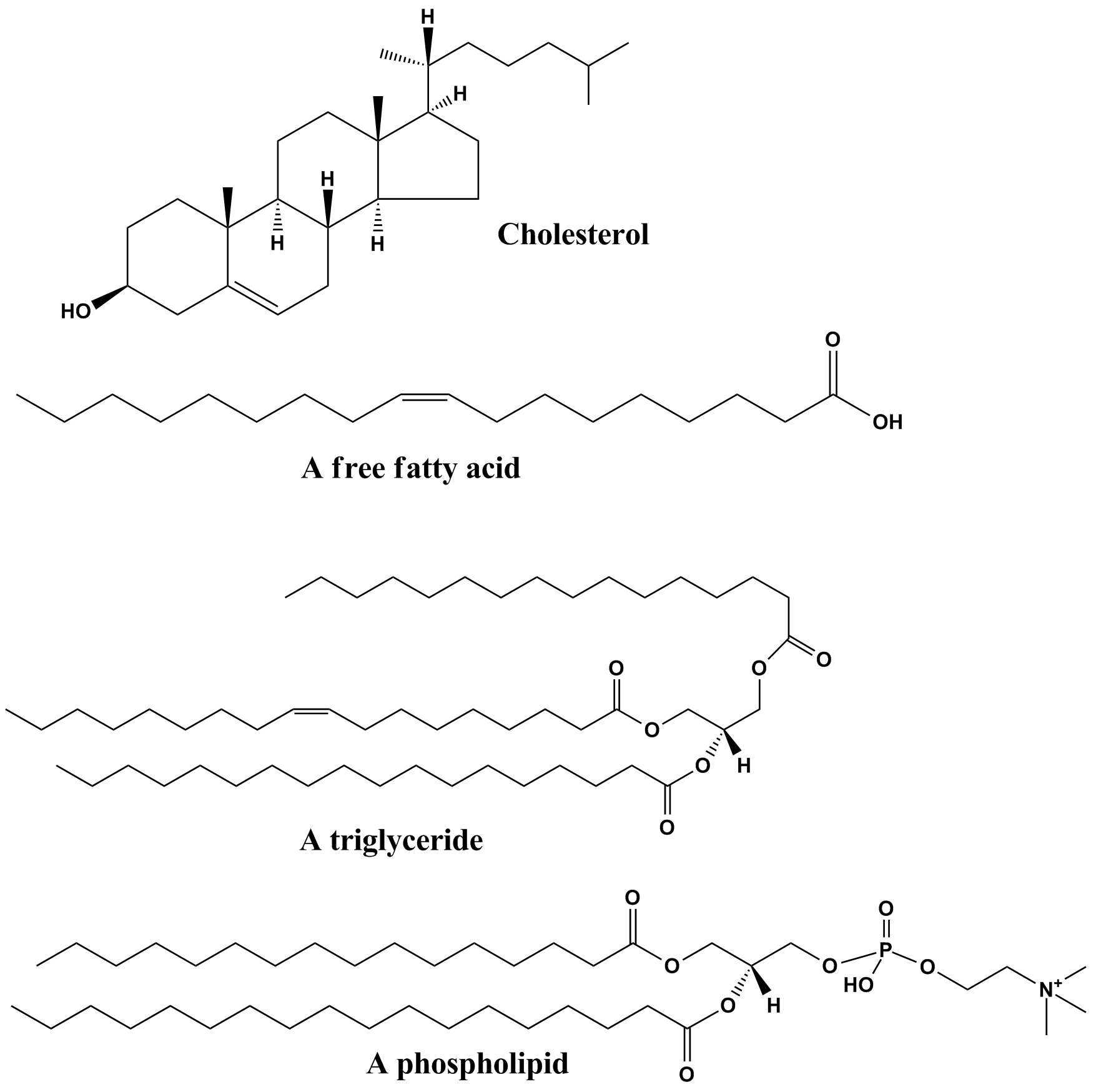
Conclusion
In this lab we asked the question, "how does each concentration of bleach affect a 5x5 in square of jeans?" We found that the higher percentage of bleach has the most dis colorization on the jeans. The different measures of bleach was used. 0%, 12.5%, 25%, 50%, and 100% of bleach concentration and we would see which one had the most dis colorization. Knowing that bleach whitens things we started an experiment to see what the different percentages would do with water at 0% and pure bleach at 100% and etc. An example of this is that it is known that bleach whitens/ cleans things but with a certain amount of solution but when having pure bleach the fabric will not be the same do to it being damaged and the fabrics color going away. This data supports our claim because the different amount of bleach has different affects with 0%- 100%.
While our hypothesis was supported by our data,that the higher percentage of bleach will have higher damage rate. There could have been errors due to we used the same container for each set of jeans and the bleach could've been still in the cup do to we never washed the beaker. Making some of our data false.
This lab was done to demonstrate the different affects of bleach and hoe it affects jeans with different percentages of bleach and water. From this lab I learned that bleach has a major affect and a lot of fabric damage and dis colorization which helps me learn the concept of how things are different when you delude them. Based on my experiences from this lab I learned that you can use powerful things to a certain extant by deluding it and making it weaker.

